Aramaic Sources of Mark's Gospel
Aramaic Sources of Mark's Gospel, by Maurice Casey. SNTSMS 102. Cambridge: Cambridge University Press, 1998. Pp. x + 278. N.P. Maurice Casey of the University of Nottingham has already distinguished himself with his analysis of the designation "the son of man." This book represents his growing interest and expertise in the retroversion of Jesus' sayings and pericopae about him into Aramaic. He sets out a course for mainstreaming what has been a marginal concern within the discipline of NT study. Casey's discussion of "the state of play" opens his book with a frisky march through the thickets of method in the quest to understand the dynamics of translation from Aramaic into Greek (pp. 1-72). Those with a taste for iconoclasm will enjoy themselves here. C. C. Torrey's work, we are told, is "very badly set out," "suffers from serious defects," and is at times so selective that the analysis is a matter of "playing tricks" (p. 23). Not only are most of Gunther Schwarz's results characterized as "not valid," but his reconstructions are rejected with such one-liners as: "This is a saying of Schwartz, which has no Sitz im Leben in the teaching of Jesus" (p. 47). Joachim Jeremias is credited with having improved C. F. Burney's rendering of the Lord's Prayer, "though regrettably printed in English letters" (p. 51). For some reason, the author does not go on to discuss the subsequent (and different) reconstructions of the Prayer by Joseph A. Fitzmyer and the present writer (see Fitzmyer, The Gospel According to Luke X-XXIV [AB 28A; Garden City, NY: Doubleday, 1983], 901; Chilton, Jesus' Prayer and Jesus' Eucharist: His Personal Practice of Spirituality [Valley Forge, PA: Trinity Press International, 1997], 24-51). That turns out to matter, because later in the volume the author discusses the term "debt" (in order to refer to sin) in Aramaic (p. 85) without taking into account one of the places where Fitzmyer and I go our separate ways: the gender of the term in firstcentury Aramaic sources. When Stanley Porter suggests that Jesus might have taught in Greek, that contention is said to pander to the "fundamentalist's dream, and uncritical assumptions are required to carry it through" (p. 67). Later in the volume, the author somewhat modifies this bleak estimate of how much Greek Jesus would have been familiar with (pp. 81-83). As histories of discussion go, all this sets new standards of sprightliness, and readers will need to bear in mind that the author wants to clear the ground for his basic claim, that a new method is necessary in order to retrovert sayings of Jesus into Aramaic (p. 72). When the author comes to set out that new method, he attempts to translate linguistic markers directly into cultural analysis. The lack of Aramaic endings in the names of Greek musical instruments in Daniel is said to indicate "an attitude of extreme hostility to Greek on the part of faithful Jews" (p. 74), and the familiar reference to Neh 8:8 in order to support the targumic usage of Aramaic is retained (pp. 76-77, albeit without citation of b. Meg. 3a, where this oft-repeated, to my mind tendentious, claim originated). Readers may find that some of this strains credulity, but the discussion of the Mishnah and Josephus (see especially pp. 78-79) is subtler and more convincing. (Nonetheless, I am still puzzling over the statement that "John the Baptist had been the only major prophet for centuries" [p. 87]. The jejune assertion to the effect that Jesus was literate in Hebrew [pp. 87-88] is similarly breathtaking.) Casey's treatment of the question of linguistic interference in the process of translation builds on the work of Paul Kahle and Matthew Black and is sound, leading to his daring conclusion that "Mark's Gospel contains some literal translation of Aramaic source material" (p. â¦
{{comment.content}}
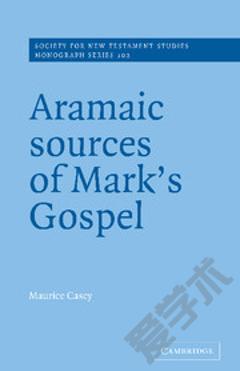

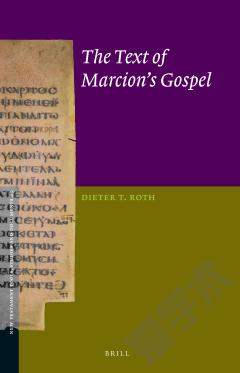
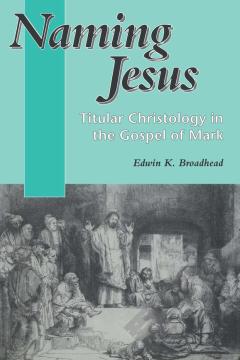
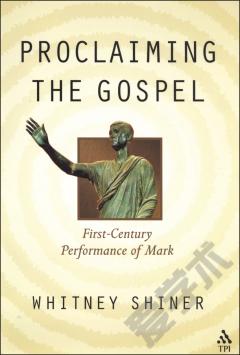

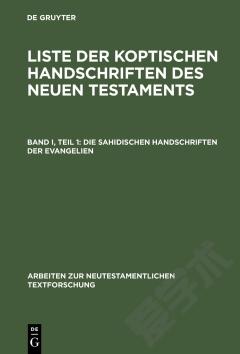

 京公网安备 11010802027623号
京公网安备 11010802027623号